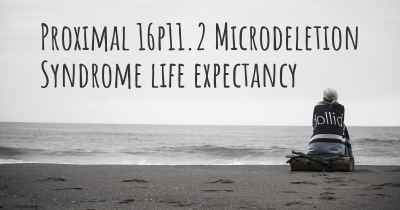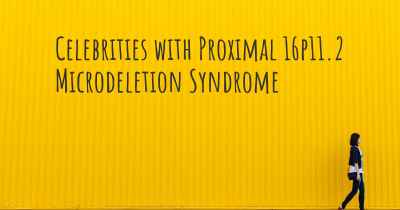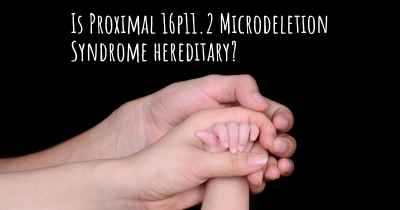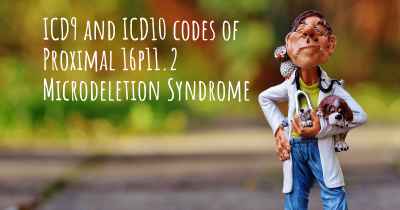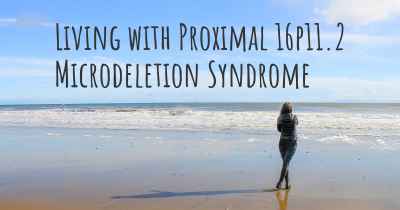How is Proximal 16p11.2 Microdeletion Syndrome diagnosed?
See how Proximal 16p11.2 Microdeletion Syndrome is diagnosed. Which specialists are essential to meet, what tests are needed and other useful information for the diagnosis of Proximal 16p11.2 Microdeletion Syndrome
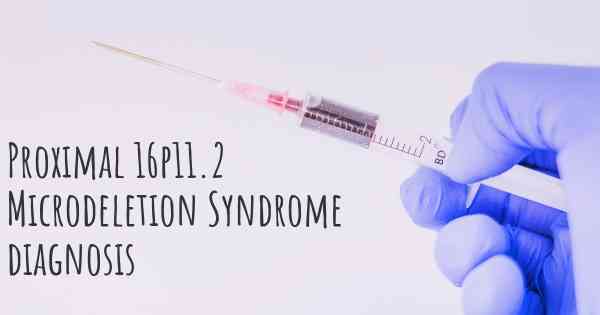
Proximal 16p11.2 Microdeletion Syndrome Diagnosis
Proximal 16p11.2 microdeletion syndrome is a genetic disorder caused by the deletion of a small piece of genetic material on chromosome 16. This condition is associated with a range of developmental and neurological symptoms, including intellectual disability, autism spectrum disorder, and various physical abnormalities. Diagnosing Proximal 16p11.2 microdeletion syndrome involves a comprehensive evaluation of an individual's medical history, physical examination, and genetic testing.
Medical History:
The first step in diagnosing Proximal 16p11.2 microdeletion syndrome is to gather a detailed medical history of the individual. This includes information about the individual's developmental milestones, any delays or abnormalities observed, and a family history of genetic disorders or developmental conditions. The medical history helps healthcare professionals identify potential patterns or clues that may indicate the presence of Proximal 16p11.2 microdeletion syndrome.
Physical Examination:
During a physical examination, a healthcare professional will carefully assess the individual for any physical abnormalities commonly associated with Proximal 16p11.2 microdeletion syndrome. These may include facial dysmorphisms, such as a prominent forehead, wide-set eyes, or a small chin. Other physical features that may be present include abnormalities of the hands or feet, such as extra fingers or toes, and skeletal abnormalities.
Genetic Testing:
Genetic testing plays a crucial role in diagnosing Proximal 16p11.2 microdeletion syndrome. There are several types of genetic tests that can be used to detect this condition:
- Chromosomal Microarray Analysis (CMA): CMA is a high-resolution genetic test that can detect small deletions or duplications of genetic material. It is the most commonly used test for diagnosing Proximal 16p11.2 microdeletion syndrome. CMA compares the individual's DNA to a reference DNA sample to identify any missing or extra genetic material on chromosome 16.
- Fluorescence In Situ Hybridization (FISH): FISH is a genetic test that uses fluorescent probes to detect specific genetic sequences. In the case of Proximal 16p11.2 microdeletion syndrome, FISH can be used to confirm the presence of the microdeletion on chromosome 16.
- Whole Exome Sequencing (WES): WES is a comprehensive genetic test that analyzes the protein-coding regions of an individual's DNA. While it may not specifically target the 16p11.2 region, it can identify other genetic variants or mutations that may contribute to the individual's symptoms.
Interpretation of Results:
Once the genetic testing is complete, the results need to be carefully interpreted by a geneticist or genetic counselor. They will analyze the findings and compare them to known genetic variations associated with Proximal 16p11.2 microdeletion syndrome. If the microdeletion on chromosome 16 is identified, the diagnosis of Proximal 16p11.2 microdeletion syndrome can be confirmed.
Conclusion:
Diagnosing Proximal 16p11.2 microdeletion syndrome involves a combination of medical history evaluation, physical examination, and genetic testing. The process requires the expertise of healthcare professionals, such as geneticists and genetic counselors, to accurately interpret the results. Early diagnosis is crucial as it allows for appropriate management and support for individuals with Proximal 16p11.2 microdeletion syndrome.
